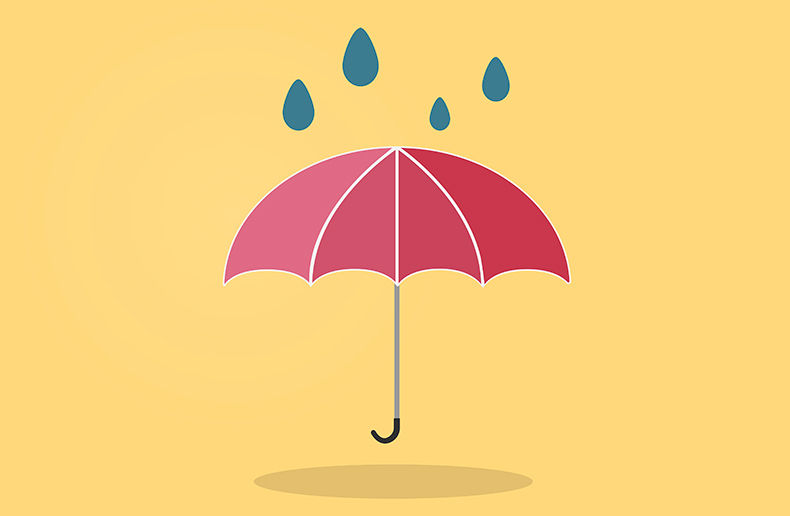Despite more individuals and policymakers around the world recognizing the benefit of higher insurance protection and taking steps to increase their insurance coverage, the global protection gap – that is the uninsured and unprotected portion of an entities’ resources – reached a new high of $1.83-trillion (all figures in U.S. dollars), according to a new sigma report from the Swiss Re Institute, entitled Resilience Index 2024: encouraging resilience gains, but more is needed.
“Insurance resilience either increased or was stable across the four perils we track of crop, natural catastrophe, health and mortality,” the institute’s researchers write. “Higher insurance resilience is associated with positive economic outcomes for a country.”
Mortality protection gap flat
The report says the global protection gap, however, has grown by 3.6 per cent annually, roughly matching nominal GDP growth trends. The natural catastrophe protection gap was $385-billion, up by 5.2 per cent, year-over-year. The mortality protection gap was flat year-over-year, at $414-billion.
The report also notes that uncertainty is expected to remain high in future years, thanks to structural trends impacting most countries. “This matters greatly to the insurance industry,” they state. “Academic research has shown that higher economic uncertainty can lead to higher non-life premium volumes, particularly in the long term, as households and businesses respond with heightened risk awareness.”
Natural catastrophe risk
Overall, however, they estimate that about 42 per cent of global risks remain unprotected or uninsured across the four perils being measured. Global resilience to natural disasters is notably low, with 74 per cent of exposures not protected by insurance. In emerging markets in particular, the report notes that some regions remain entirely unprotected from natural catastrophe risk.
In a ranking of 31 countries, the institute placed Canada fourth in 2023, a position it is expected to keep in the 2024 rankings as well. The country jumped six spots from the 10th place position in the 2022 list of countries, scored for different measures of resilience.
Where Canada earned higher marks for its monetary policy and fiscal resilience, income inequality measures, CO2 emissions, insurance penetration and the country’s banking industry, it declined in other areas, earning lower scores in matters of financial market development, human capital and economic complexity.




